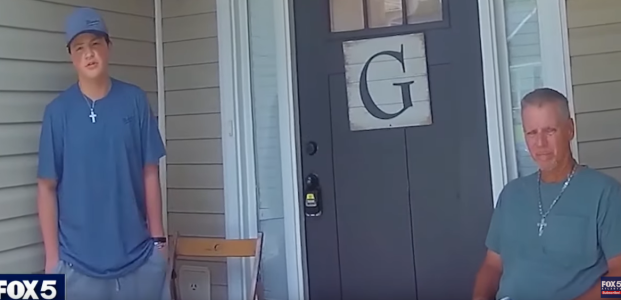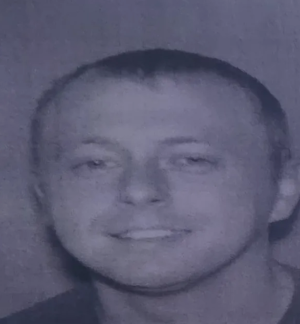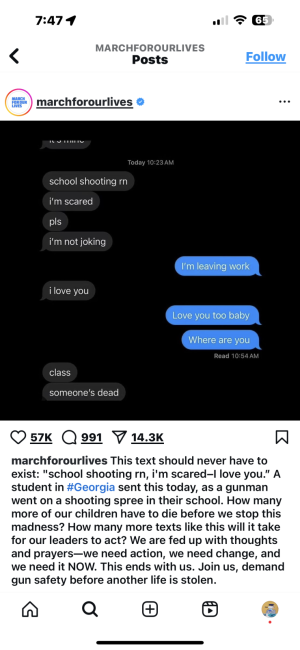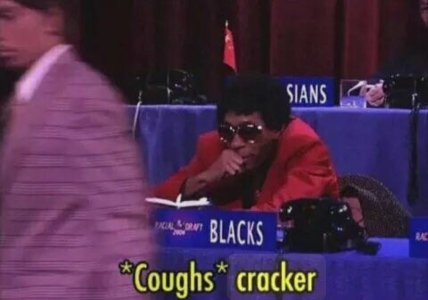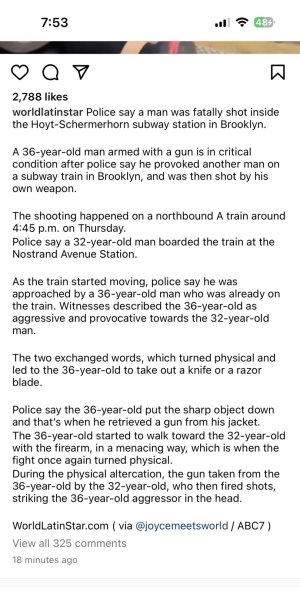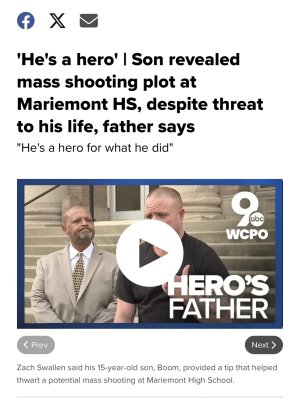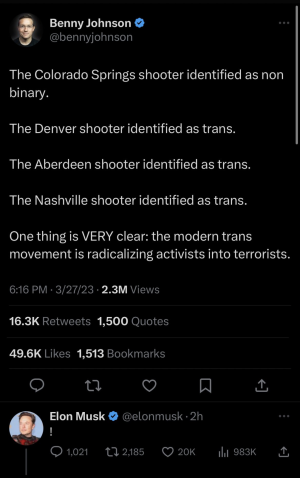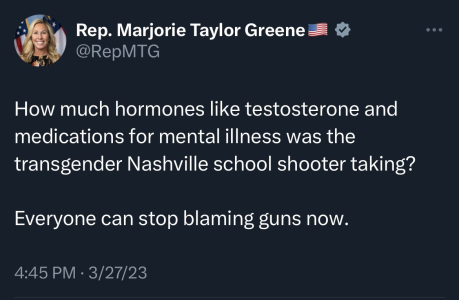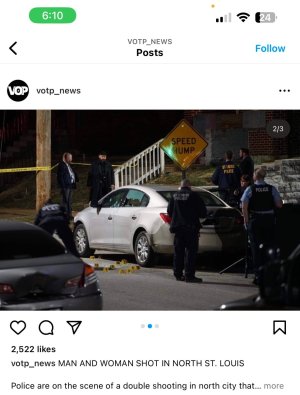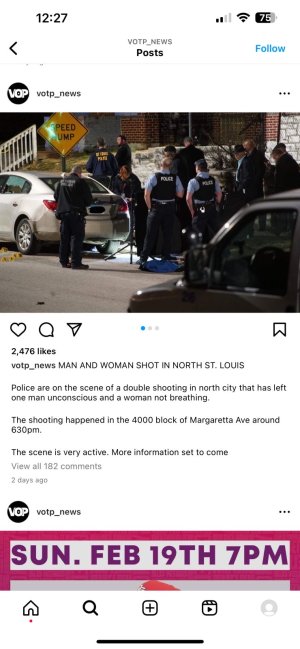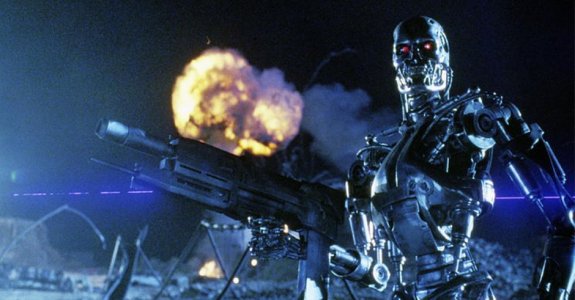I highly suggest you all read that report
https://alerrt.org/
it really sheds light into how poorly these officers responded
ALERRT teaches that first responders’ main priority in an active shooter situation is to first Stop the Killing and then Stop the Dying (ALERRT & FBI, 2020, pp. 2-9, 2-15 to 2-16). Inherent in both stopping the killing and dying is the priority of life scale (ALERRT & FBI, 2020, pp. 2-6 & 2-34). At the top of this scale, the first priority is to preserve the lives of victims/potential victims. Second, is the safety of the officers, and last is the suspect. This ordering means that we expect officers to assume risk to save innocent lives. Responding to an active shooter is a dangerous task (Blair & Duron, 2022). There is a chance that officers will be shot, injured, or even killed while responding. This is something that every officer should be acutely aware of when they become a law enforcement officer. To adhere to the priority of life, the first responding officers’ actions should be determined based on the current driving force. In this instance, there is a suspect actively shooting inside an occupied elementary school. The active gunfire is the driving force, and the officers correctly responded to this driving force by moving toward the rooms that were being attacked. Ideally, the officers would have placed accurate return fire on the attacker when the attacker began shooting at them. ALERRT trains the widely-used ABCs of cover – Accurate return fire, Body armor, and Cover (ALERRT & FBI, 2020. p. 2-21; Blair et al., 2013). The ABCs give the first responder a tiered approach to achieving cover while maintaining control of the situation. Further, the ABCs are presented in order of preference (A first, B second, C third). As noted in Figure 6, there was a window in the center of each classroom door. Officers could have utilized the window to send accurate return fire back at the suspect. Even though the room was darker than the hallway, the suspect would have been backlit by the exterior windows and muzzle flashes would have been present. Obviously, this return fire must be consistent with the fundamental firearms safety rules (e.g., the officers must ensure that students will not be hit by the officers’ return fire). Any officer with body armor should have squared their body armor to the threat to improve protection. In this situation, we don’t believe the last course of action (moving to cover) was a viable option because the interior construction of the school would not stop bullets, and therefore, was not cover. Maintaining position or even pushing forward to a better spot to deliver accurate return fire would have undoubtedly been dangerous, and there would have been a high probability that some of the officers would have been shot or even killed. However, the officers also would likely have been able to stop the attacker and then focus on getting immediate medical care to the wounded. LAW ENFORCEMENT RESPONSE ASSESSMENT 16 It is not surprising that officers who had never been shot at before would be overwhelmed by the directed gunfire. This is especially the case if they had not been consistently training to deal with this type of threat. However, even after retreating, the officers were still presented with a clear driving force. The suspect was actively firing his weapon when the officers entered the building, and a reasonable officer would assume that there were injured people in the classrooms. The officers also knew the suspect was still alive and preventing them from accessing the wounded in the classrooms. These injured people are a driving force (ALERRT & FBI, 2020, p. 2-17) Once the officers retreated, they should have quickly made a plan to stop the attacker and gain access to the wounded. There were several possible plans that could have been implemented. We list a few here: A. Perhaps the simplest plan would have been to push the team back down the hallway and attempt to control the classrooms from the windows in the doors. Any officer wearing riflerated body armor (e.g., plates) would have assumed the lead as they had an additional level of protection. A team of 4 officers could have utilized the windows in the doors to control a large portion of the classroom from the hallway. Two officers would have taken angular positions on each window. This would have allowed them to cover a large portion of each classroom and the officers would have been likely to see and engage the attacker. Again, this would have been dangerous, but the priority of life scale dictates that the officers assume risk to save innocent lives. It is also worth noting, the officers had weapons (including rifles), body armor (which may or may not have been rated to stop rifle rounds), training, and backup. The victims in the classrooms had none of these things. If the classroom doors were locked, some of the officers on the door windows would have been able to provide cover while the other officers breached the doors. B. If the officers believed that they could not establish control through the doors, they should have found another way to stop the killing and dying. One option would have been to breach the exterior windows of the classrooms. Ideally, this would have involved breaking more than one window simultaneously and then raking the blinds out of the window. It is likely that the suspect would have fired at the officers, but the exterior construction of the building would have provided them with good cover. After the windows were broken (i.e., ported), the officers could have planned to simultaneously stand up in the windows to confront the attacker (i.e., cover). The room would have been substantially darker than the bright exterior conditions at the time. However, breaking the windows and raking the blinds would have increased lighting in the room. Hand-held or weapon-mounted lights could also have been used to increase visibility (see Supplementary information regarding an assessment of breaching options). C. Both options a and b could have been done simultaneously. The window breaks could have been used to signal the start of the assault and draw the suspect’s attention from the doors. The window officers would stay behind the cover of the exterior wall while the door officers had priority of fire. Then the window officers could stand and cover the rest of the room. D. Other options (such as breaching the sheetrock walls or having an officer run past the rooms to draw fire while other officers moved up to cover the interior windows) could also have LAW ENFORCEMENT RESPONSE ASSESSMENT 17 been utilized. Each of these alternatives would have had various strengths and weaknesses but would have regained momentum for the officers. None of these actions were taken. While it would have taken a few minutes to coordinate and execute any of these actions once the officers retreated from the rooms, taking 2, 3, 5 or even 10 minutes to do so would have been preferrable to the more than an hour it took to ultimately assault the room. We commend the officers for quickly entering the building and moving toward the sounds of gunfire. However, when the officers were fired at, momentum was lost. The officers fell back, and it took more than an hour to regain momentum and gain access to critically injured people.








